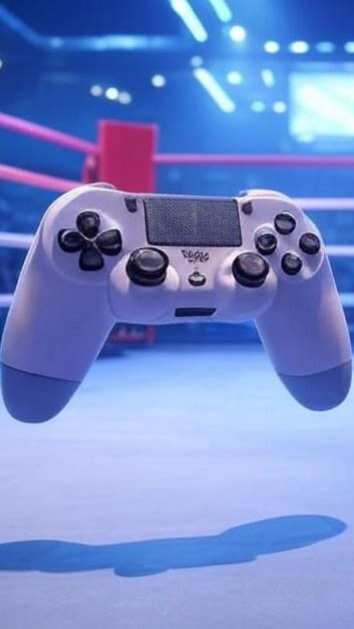A Battle of Inputs, Not Abilities
The source of the controversy is relatively simple: mouse and keyboard offer far greater precision and speed of input than analog sticks on a controller. This is not a matter of preference; it is a measurable fact. High-level mouse users benefit from granular aim control, instant directional changes, and rapid flick accuracy that is, in raw terms, unattainable on a standard controller.
Aim-assist systems emerged as a compensatory mechanism, not as an advantage. Their purpose is not to allow controller players to outmatch mouse users, but to close the performance gap between inherently unequal tools. When properly tuned, aim-assist seeks to enable parity—not superiority.
And yet, this is where the tension arises. When controller players benefit from features such as snap-to-target or friction-based slowdown near enemies, many mouse users interpret these as unfair "crutches." The irony, of course, is that mouse precision itself is the original crutch, backed by decades of ergonomic and technological refinement.
If two equally skilled players compete—one with a controller and aim-assist, the other with a mouse—the mouse player still enjoys a raw advantage in fine motor input. Aim-assist does not negate this; it attempts to merely balance the interaction space. Numerous internal telemetry studies from major studios confirm this: without assistive features, controller players are routinely outclassed in mixed-input lobbies.
Skill, Perception, and Cultural Divide
Part of what fuels the fire is a deeper psychological dynamic. Many mouse-and-keyboard users take pride in "raw aim" as an expression of mastery. Controller players, particularly those who succeed in mixed lobbies, are sometimes dismissed as aided or artificial performers. This is not a technical argument—it is a cultural one.
What is often ignored is that high-level controller play requires its own set of refined skills: movement timing, recoil control, situational awareness, and mastery of aim-assist behavior itself. These are not trivial. The best controller players are not succeeding in spite of aim-assist, but through strategic use of it. Just as mouse players learn to fine-tune DPI, wrist vs. arm aim, and crosshair placement, controller players internalize the nuances of rotational and frictional assist.
The idea that one tool is inherently more “pure” than another is an illusion. All competitive play exists on the back of assistive systems—some are just more visible than others.
The Inevitable March of Crossplay
Underlying this feud is a broader industry trend: crossplay is becoming a standard expectation. It is no longer enough for a game to support platform-specific matchmaking. Players expect seamless interaction across PC, console, and even mobile ecosystems. And with this demand comes the unavoidable challenge of input disparity.
Game developers are left with few options. Either they:
1. Segment input pools, fracturing the player base and increasing queue times.
2. Disallow input mixing, which undercuts the spirit of crossplay entirely.
3. Or introduce aim-assist, in an effort to harmonize experience across devices.
From a systems design standpoint, the third option is not only the most feasible—it is the most sustainable. The inclusion of aim-assist allows studios to deliver fast matchmaking, maintain large player pools, and support diverse platforms without leaving controller players at a systemic disadvantage.
Toward an Honest Conversation
The conversation around aim-assist needs to evolve. Instead of arguing about whether it should exist, we need to acknowledge why it must exist. We must shift from a discourse of purity and preference to one of accessibility, parity, and platform inclusivity.
The reality is simple: if you believe in crossplay, you must also believe in input balancing. Aim-assist is not a betrayal of fairness. It is a technical and philosophical necessity—a concession to the fact that competitive integrity does not come from uniform inputs, but from equal opportunity to compete.
It is not a matter of whether aim-assist should stay. It is a matter of how thoughtfully we tune it, how transparently we implement it, and how earnestly we communicate its purpose.
Until input hardware becomes uniform across platforms, aim-assist is not just a solution—it is a cornerstone of modern crossplay design.

